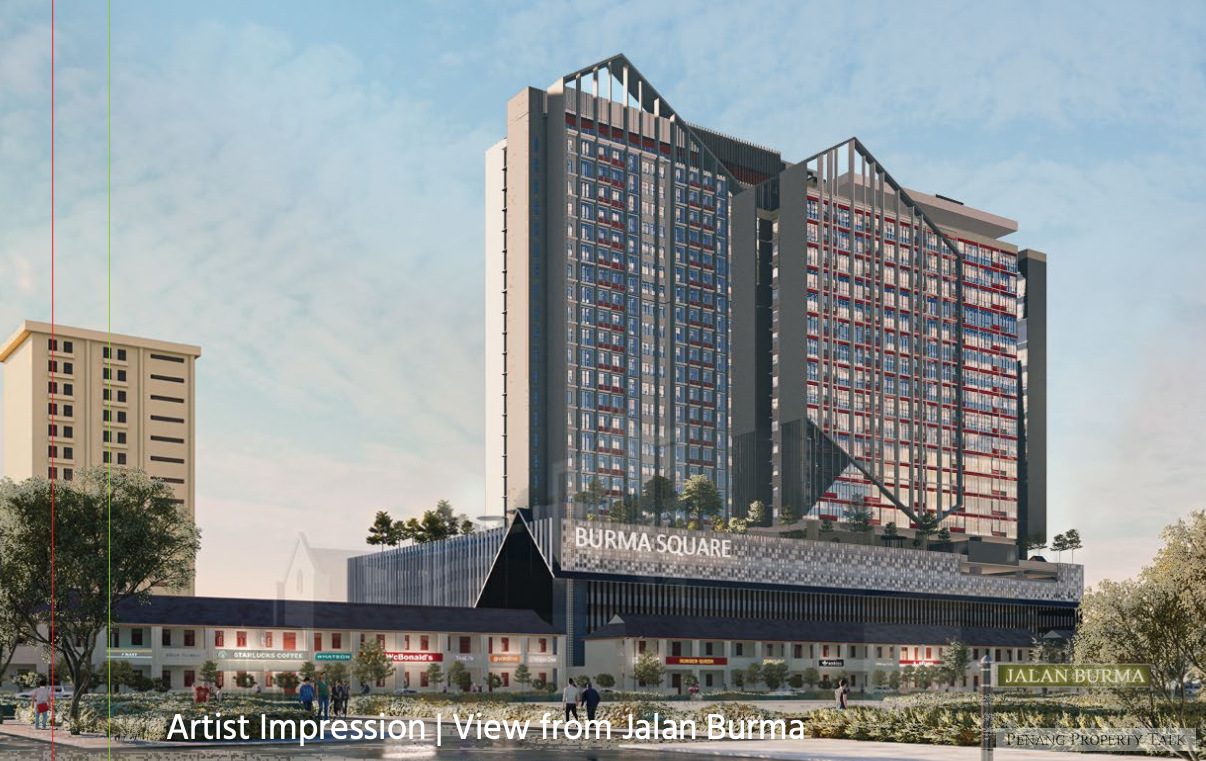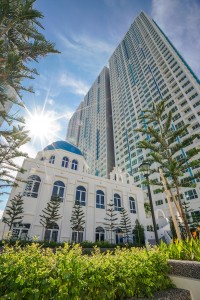Legacy in the Making: PDCP’s Vision for a Modern, Heritage-Rich Penang
As Penang continues its transformation into a vibrant urban hub with global appeal, PDC Properties Sdn. Bhd. (PDCP) leads the way with thoughtful, community-driven developments. A wholly owned subsidiary of the Penang Development Corporation (PDC), PDCP is dedicated to delivering quality, innovative, and sustainable living spaces at attainable prices. From affordable housing to premium residences, PDCP’s projects are crafted to enhance the everyday lives of Penangites.
With a clear vision to enrich the urban landscape, PDCP’s current and upcoming projects showcase architectural excellence and a deeper narrative: one that respects the past while building for the future.
Legasi @ Burma: A Living Tribute to Penang’s Heritage
Among PDCP’s signature developments, Legasi@Burma is a heartfelt homage to Penang’s soul — reflected not only in architectural finesse but also deep respect for heritage. Located along Jalan Servis, Jalan Irrawadi and Jalan Chow Thye, just off historic Burma Road, this landmark is more than bricks and mortar. It blends memory, culture, and vision.
Central to the development is the restoration of 19 colonial-style shop lots, designated Conservation Category 2 and preserved in line with heritage guidelines. PDCP committed over two years to secure approvals and carefully plan every detail. The result: a bold engineering feat where the entire row of shop lots was shifted forward — intact — to make way for new elements without dismantling a single façade.
Behind the conserved buildings rise a 27-storey condominium tower and a 16-storey office suite, linked by a vibrant retail podium. Together, they form a mixed-use development bridging past and present.
The architectural philosophy centers on harmony. Restored colonial shop lots tell Penang’s layered history and the communities that enlivened them. Meanwhile, modern towers symbolize progres — Penang’s rise as a cosmopolitan city ready for the future.
For PDCP CEO, Ir. Ismail Ishak, this project carries deep meaning. Raised in the very neighbourhood, his connection to the people and urban fabric shapes the vision. “We are not just preserving the legacy,” he says. “We are building legacies.”
Beyond architecture, PDCP is committed to giving back by enriching communities, supporting cultural continuity, and fostering sustainable growth – ensuring progress benefits all.
The project includes:
- 138 office suites
- 361 residential condominiums
- 15 retail podium units
- restoration and upgrading of 19 shop houses
With Legasi@Burma, PDCP tells a story of continuity, care, and identity. This development is poised to become a landmark on the global stage of iconic urban regeneration – alongside Bugis Junction in Singapore and Xintiandi in Shanghai. It is where heritage meets the future, and where Penang’s spirit thrive.
 Delivering Quality Across Penang
Delivering Quality Across Penang
Beyond Legasi@Burma, PDCP has an impressive portfolio of ongoing and completed projects that underscore its role as a trusted name in Penang’s property landscape.
Ongoing Projects:
- Cassia Cempaka Phase 1 & 2, Batu Kawan: Landed residential
developments with easy access to the growing Batu Kawan
township. - The Meridian, Bukit Jambul Phase 1: A 200-unit condominium
project located next to the Penang Golf Course, in the established
neighbourhood of Bukit Jambul.
Completed Projects:
PDCP’s contribution to affordable and mid-range housing has made home ownership a reality for many:
- Ixora Heights Apartment, Sungai Nibong
- D’Residence, Bayan Mutiara
- Intan Delima, Batu Kawan
- Dedaun Bungalow, Batu Kawan
- Affordable Housing (Suria, Jiran Residensi & Dua Residensi)
Each development is carefully designed to offer more than just a home — it fosters a strong sense of belonging, community, and pride.
Looking Ahead: Ambitious Plans for Tomorrow
PDCP continues to look forward with a robust pipeline of exciting upcoming developments:
- Cassia Cempaka Phase 3: 92 units of 2-storey terrace homes in Batu Kawan, and
- Cassia Cempaka Phase 4: 56 units of semi-detached homes in Batu Kawan, thoughtfully designed with complete amenities to support growing families.
- Damai Lestari: 20 units of 2-storey semi-detached homes and 28 units of 2-storey terrace homes in Bertam, Kepala Batas — offering suburban charm and practical living.
- One Mutiara: Featuring 356 units of affordable housing for first-time homebuyers.
- Seroja Avenue: A mixed development in Batu Kawan comprising 313 units of double-storey terrace homes and 472 units of low-density, high-end condominiums, totaling 820 residential units.
- Weld Quay Redevelopment: A transformative urban project poised to breathe new life into George Town’s waterfront.
- Cassia Teratai: A mixed development of terrace homes and shop units in Batu Kawan, enhancing community living with integrated commercial convenience.
A Commitment That Endures
PDC Properties is more than a developer — it serves as a custodian of Penang’s values, culture, and aspirations. With every project, PDCP upholds a commitment to creating spaces that truly matter — homes that nurture, offices that inspire, and communities that thrive.
As Penang continues to rise as a global city, PDCP’s developments — past, present, and future — will continue to shape its skyline and soul, leaving a legacy of innovation rooted in heritage. Penang’s future is being built today. And with PDC Properties, it is being built with heart.
To find out more about the latest projects, please contact PDC Properties
at 04-240 1999 orVisit the sales gallery at:
PDC Properties Sdn. Bhd.
Level 1, Tun Dr. Lim Chong Eu Building,
No. 1 Persiaran Mahsuri, Bandar Bayan Baru,
11909, Bayan Lepas, Penang













